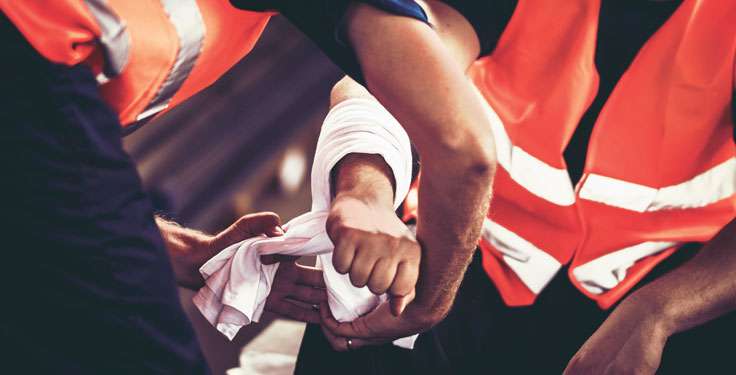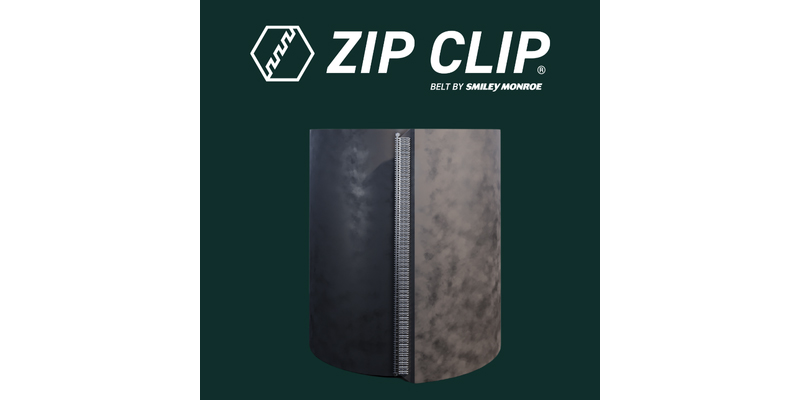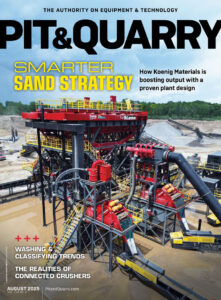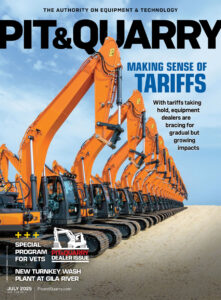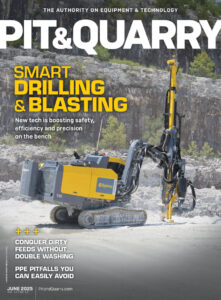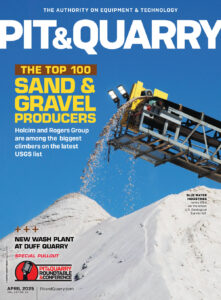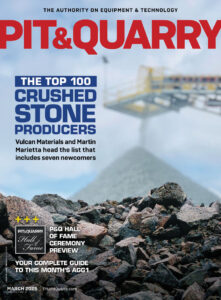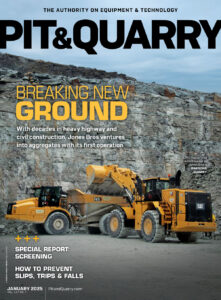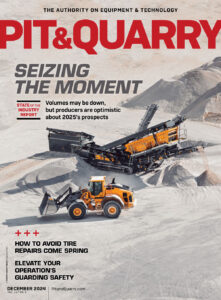Work-related musculoskeletal disorders, defined as strain, sprain, hernia, rupture, joint, tendon or muscle inflammation, are a significant burden to those in the mining industry.
In fact, according to the Mine Safety & Health Administration (MSHA), musculoskeletal disorders result in 34.4 percent of all nonfatal incidents. This burden is even larger considering that MSHA data shows that musculoskeletal disorders account for 44.1 percent of the total days lost for all nonfatal incidents.
Material handling is the leading classification category for accidents, injuries and illnesses, accounting for 35.9 percent of incidents. Overexertion is the second-leading accident type, making up 24.9 percent of incidents.
Given that musculoskeletal disorders, material handling and overexertion are significant contributors to work-related incidents, solutions are needed to help prevent incidents.
Introducing exoskeletons
Exoskeletons are one emerging technology that could help with material handling tasks such as lifting, lowering, carrying, pulling or pushing. They can potentially reduce overexertion and musculoskeletal disorder incidents, as well.
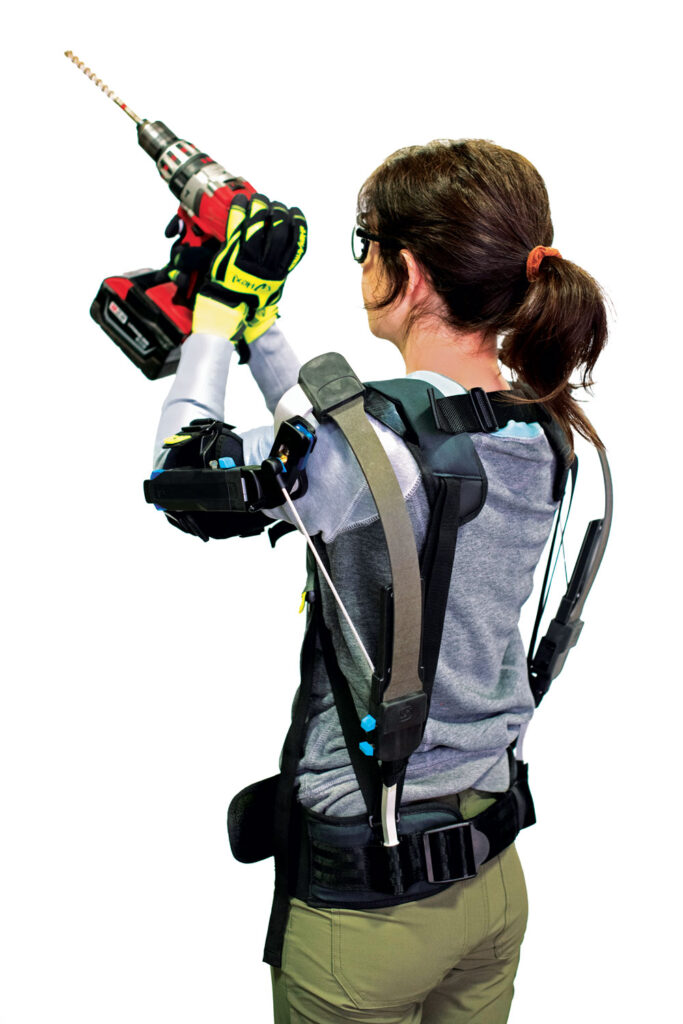
Exoskeletons are wearable devices that augment, enable, assist or enhance motion, posture or physical activity. They’re designed to augment and supplement human capabilities by reducing biomechanical loads within the body or redistributing the load, thereby potentially reducing risks for musculoskeletal disorders.
Industrial-use exoskeletons usually attach to the body using straps like a backpack or a waistbelt. They assist with supporting an external load and/or with body movement.
A variety of exoskeletons are available. These can be categorized based on their activation – passive or active.
Passive exoskeletons use springs, cables, bands and bending beams to provide support and assistance. Powered or active exoskeletons use small electric motors to provide support and assistance, but they require a power source. Hybrid systems that have a mix of passive and powered systems are being developed, though.
Additionally, exoskeletons can be categorized based on the area of the body targeted. For example, arm-, back- and leg-support exoskeletons are available while other exoskeletons can help with hand grip or ankle movement when walking.
Exoskeletons can also be categorized based on their utility. Industrial-use exoskeletons have so far been limited to passive systems that focus on a specific body area. Exoskeletons in rehabilitation settings tend to be larger-powered models that assist with motion and augment strength. The military, for example, uses a combination of both passive and powered exoskeletons for multiple body regions – sometimes simultaneously. There are also exoskeletons designed to assist with sporting activities like skiing.
Scientific research on exoskeletons shows that exoskeletons can reduce physical demands on the parts of the body they were designed for. Still, there is inadequate evidence to indicate if they benefit or negatively affect other body areas.
A few standards for exoskeletons now exist (i.e., ASTM International F48), and new standards are being developed for this emerging technology – with most focusing on terminology and evaluation processes. MSHA does not explicitly have guidance on the use of these devices.
Although novel for the mining industry, exoskeletons have been tested in a number of sectors – from aircraft manufacturing and shipbuilding to health care. Automotive manufacturing facilities have successfully implemented these devices as part of their production process, labeling them as personal protective equipment.
Evaluating, implementing & adopting
It’s enticing to implement an emerging technology like exoskeletons to reduce incidents and improve workplace safety. Consider, though, that exoskeletons may not be applicable in all situations, as devices are designed with specific purposes.
The fit between an exoskeleton and a miner, tasks and other organizational factors should be carefully evaluated prior to using a device. Fortunately, a six-step process was developed in 2023 to assist with exoskeleton evaluation and implementation, as well as long-term adoption.
1. Feasibility assessment. This involves gaining knowledge about exoskeleton devices, including their capabilities, limitations and safety considerations. It is essential in this first step to look at a mine’s current policies, procedures and potential barriers for evaluating, implementing and adopting emerging technology.
A mining company can learn from previous successful and failed technology implementation efforts to inform the implementation of exoskeletons. As with the implementation of any ergonomics intervention, it’s essential to use a participatory approach where communication is essential and miners and other interested parties are engaged and involved throughout the process.
2. Task identification and selection. This step is to identify tasks and select those that may be appropriate for exoskeleton use. This is done by looking at injury and illness data or near-miss records to identify hazardous tasks, and it’s followed by evaluating tasks for risk factors of musculoskeletal disorders – including physically demanding work or forceful exertion, repetitive work and work that involves non-neutral or extreme postures.
Steps should be taken to mitigate the risk factors using the hierarchy of controls. If, and only if, the risk factors cannot be mitigated using the hierarchy of controls should exoskeletons be explored further.
When exploring exoskeletons again, consider the advantages, disadvantages and safety issues for the specific task. A cost-benefit analysis can be conducted for the exoskeleton in the context of the specific task if there are no significant safety concerns.
3. Exoskeleton selection and evaluation. Once a suitable task is selected, exoskeleton makes, models and types can be explored to identify a select few that can effectively help reduce or mitigate the risk factors.
A thorough evaluation in a controlled setting should follow, and this should include both objective and subjective measures of physical effort, productivity and errors. The evaluation should also include all tasks performed for that job, or account for time and effort to don and doff the exoskeleton if used only for a specific task.
Safety concerns can be documented. The cost–benefit analysis can be updated based on the findings of the evaluation. Testing should be iterative with different exoskeletons, if needed.
4. Implementation logistics. In this step, efforts move from identification and selection to implementation, with a focus on logistics to ensure successful pilot testing and long-term adoption.
Mines should develop a written policy for the implementation and use of emerging technologies such as exoskeletons. The roles of those involved and the responsibilities of each person should be clearly defined.
In addition, the number of devices, storage locations and supplies needed for cleaning and maintenance should be identified. A draft of standard operating procedures, as well as safety and emergency procedures when wearing the device should be developed.
5. Trial phase. The next step is to run a pilot test at select locations. Before starting the trial, all parties involved should be trained on the use and fitting of the device. The focus should again be on evaluation and collecting relevant data, both to support the use of the exoskeletons and to identify any negative perceptions, outcomes and safety concerns.
Because a limited set of miners may be involved in the trial phase, privacy should be paramount to protect individual miners’ input, as well as perceptions of other miners that may influence use of the device.
Ensure that all those included with the trial are involved – including miners, foremen, health and safety managers, and plant managers. Policies and procedures should be well communicated along with who’s responsible for data collection and privacy.
During and after the trial phase, take another look at the cost and benefit of using the exoskeleton, and update the cost-benefit analysis with any new or relevant information.
6. Long-term adoption. Prior to long-term adoption, all policies, procedures and documentation should be updated and distributed to miners, management and other interested parties. Once adopted, an ongoing evaluation, like data collection in the trial phase, should be used to monitor and update the costs and benefits of the exoskeleton.
The implementation process can also be updated to identify what worked and what did not when implementing exoskeletons so that the lessons learned can inform future implementations of other emerging tech.
Recap
Exoskeletons are an emerging tech that can potentially help with material handling tasks and reduce overexertion and musculoskeletal disorder incidents in mining. Still, caution should be exercised before these devices are fully adopted.
There should be an evaluation of exoskeletons in the context of mineworker fit, appropriateness for the task and organizational fit. It is essential to ensure all ergonomic and technology interventions are designed and implemented to fit the miner instead of making the miner adjust to fit the intervention.
Mahiyar Nasarwanji and Lydia Kocher produced this article on behalf of the National Institute for Occupational Safety & Health (NIOSH). The findings and conclusions presented in this article are those of the authors and do not necessarily represent the official position of NIOSH.

